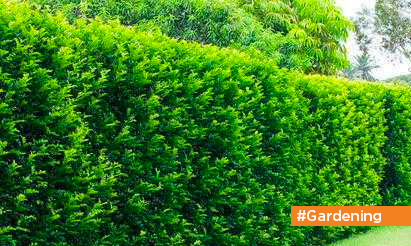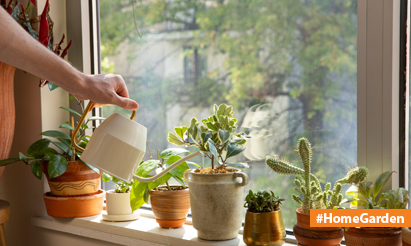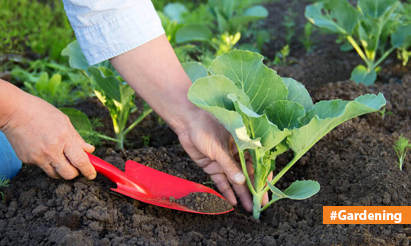The Magic of Nilgiri Trees: A Comprehensive Care Manual!
The Nilgiri tree, scientifically known as Eucalyptus globulus, is a fast-growing evergreen tree native to Australia. It is widely cultivated in various parts of the world, including India, for its timber and essential oil production. Here are some guidelines for growing and caring for a Nilgiri tree:
- Climate and soil requirements: Nilgiri trees thrive in areas with a Mediterranean or temperate climate. They prefer well-draining soil with a pH level between 5.5 and 7.5. The soil should be rich in organic matter.
- Sunlight: Nilgiri trees require full sun exposure to grow and develop properly. Make sure to plant them in a location where they will receive at least six hours of direct sunlight daily.
- Planting: When planting Nilgiri tree saplings, dig a hole that is wider and deeper than the root ball. Place the sapling in the hole, backfill it with soil, and firm the soil gently around the base of the tree. Water thoroughly after planting.
- Watering: Nilgiri trees have moderate water requirements. They can tolerate short periods of drought, but consistent moisture is essential, especially during the first year of growth. Water the tree deeply once a week, providing enough water to reach the root zone. Reduce watering during the dormant period.
- Mulching: Apply a layer of organic mulch, such as wood chips or straw, around the base of the tree. Mulching helps retain soil moisture, suppresses weeds, and regulates soil temperature.
- Pruning: Pruning is beneficial for shaping the tree and maintaining its health. Remove any dead, damaged, or diseased branches. Prune the lower branches to encourage upward growth and improve air circulation. Pruning is best done during the dormant season.
- Fertilization: Nilgiri trees are relatively low-maintenance and typically do not require heavy fertilization. However, if your soil lacks essential nutrients, you can apply a balanced slow-release fertilizer in early spring.
- Pests and diseases: Nilgiri trees are generally resistant to pests and diseases. However, they can be occasionally affected by eucalyptus gall wasps, leaf-eating insects, or fungal diseases. Monitor your tree regularly for any signs of infestation or disease and take appropriate measures, such as using organic insecticides or fungicides, if necessary.
- Harvesting: If you intend to use the leaves for their essential oil, you can start harvesting them once the tree is about five years old. Prune the tree’s branches to collect the leaves, making sure to leave enough foliage for the tree’s health.
Remember to check with local gardening experts or nurseries for specific guidelines tailored to your region, as climatic conditions and soil types can vary.
Disclaimer: The views expressed above are for informational purposes only based on industry reports and related news stories. PropertyPistol does not guarantee the accuracy, completeness, or reliability of the information and shall not be held responsible for any action taken based on the published information.



